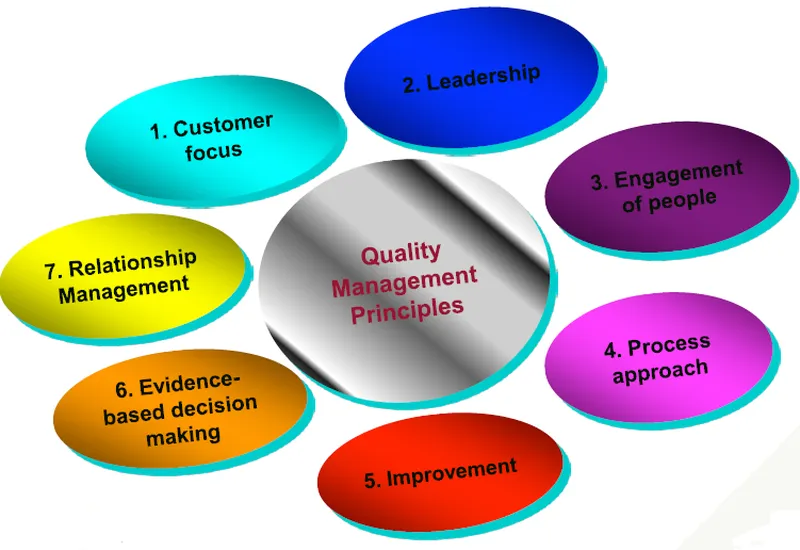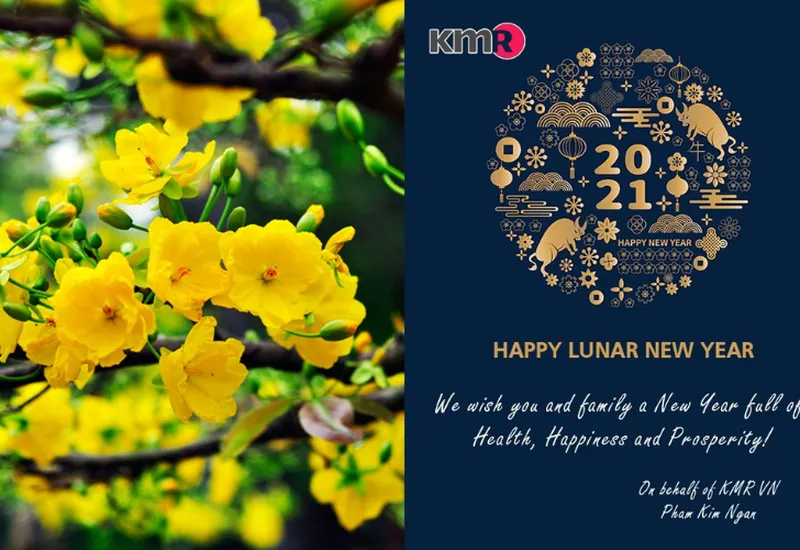IDENTIFYING OHS HAZARDS AND MANAGING RISKS
How do health and safety incidents impact your business? If a worker is injured or becomes unwell, what kind of disruption does it cause? Is your productivity affected? What is the impact on other workers, be it in terms of workload or psychological health and well-being?
People are the foundation of every business. Therefore, effective management of occupational health and safety (OHS) is critical for success. Unmanaged risks to worker health, safety and well-being directly undermine your organization’s mission, potential for growth and long-term resilience. That’s why it’s essential to be fully aware of hazards, develop strategies to reduce risks, and promote a culture that keeps your workers protected.
Whatever sector you operate in, or the nature of your activities, protecting the people who work for you from OHS risks requires good planning and continuous oversight. Implementing a robust OHS management system is a proven way to prevent accidents and ill health, and protect your organization’s long-term viability through its most valuable asset – its people.
What is an OHS hazard?
People often aren’t aware of the range of hazards relating to work. An OHS hazard is any work-related situation, activity or process that can harm people. OHS hazards range from frayed wiring to working at height, to chemicals, to the lack of adequate resources or unmanageable workloads. Hazards which are not eliminated or otherwise controlled result in OHS risks.
Common health and safety risks include:
- Mental ill-health: Stress, anxiety and burnout significantly impact performance, leading to decreased productivity, low morale and serious physical health conditions.
- Exhaustion: Chronic fatigue and overwork result in increased accidents, errors and long-term health concerns, such as high blood pressure and heart disease, affecting the overall efficiency of the business.
- Communicable health conditions: Illnesses like the flu or COVID-19 can spread quickly if preventive measures are not in place, leading to widespread absenteeism and significant disruption in operations or lowering of performance.
- Non-communicable health conditions: Work-related illness can arise from many environmental and infrastructure factors. These include poorly managed water and ventilation systems, unsafe food handling, preparation and storage, and factors such as exposure to chemicals or radiation. Illnesses like heart disease, diabetes and obesity can also arise from poor OHS management, ultimately increasing absenteeism and healthcare costs.
- Work-related injury: Injuries caused by unsafe work conditions and practices vary from chronic issues, such as back damage or repetitive strain injury, to life-changing or fatal injuries. All of these can lead to significant absenteeism, downtime, legal liabilities and a drop in employee morale.
OHS risks are much more than worker safety issues. Unmanaged, they can affect everything from employee retention to your company’s productivity and reputation. Eliminating hazards and tackling risks head-on not only protect your team, but also boost motivation, reduce downtime and keep your business running smoothly.
The cost of workplace hazards
Unmanaged occupational risks come with obvious costs: work disruption, medical care, staff replacements, equipment repairs and higher insurance premiums. Legal fines and prevention fund contributions also add to the financial burden.
Aside from the direct costs of workplace illness or injury, employers must also consider the less obvious, yet impactful, consequences. These include:
- Lost productivity: An employee’s absence can reduce productivity and place additional strain on colleagues, potentially delaying important projects. Incidents in the workplace, including accidents that result in injury or near misses, disrupt day-to-day operations and lower performance.
- Recruitment and training costs: Recruiting and training new staff or temporary replacements adds costs to ensure business continuity.
- Rising insurance premiums: Frequent accidents or ill health can drive up insurance premiums, increasing long-term expenses.
- Administrative costs: Health and safety issues result in extra expense for managing investigations, claims and accident-related documentation.
- Company image: Workplace illnesses and accidents can tarnish a company’s reputation, affecting client trust, investor confidence and public perception. Damaged reputation can also lead to difficulty in recruiting quality employees.
Reducing OHS risks
Creating a healthy and safe work environment starts with a proactive mindset. By identifying OHS hazards and managing resultant risks, you can create a culture where health and safety are a shared priority among all employees. Here, we’ll explore practical strategies to help you effectively address and minimize OHS risks in your organization.
1. Conduct a thorough hazard identification process and work with your team to uncover workplace risks specific to different roles. Regular safety inspections and incident reviews can reveal hidden dangers, from machinery issues to chemical hazards.
2. Once you’ve identified the hazards in all places where work is carried out – including employees’ homes, if relevant – implement controls to keep your people safe. Break down each risk as part of a risk assessment and list the measures needed to prevent ill health and injury. Ensure the process includes identification of psychosocial risks and the root causes of conditions such as stress and lack of motivation. This might seem obvious, but many organizations, especially in low-risk environments, skip this vital step.
3. Put controls in place to ensure your plan works as expected. A strategy might look great on paper, but continual evaluation is key to ensuring it delivers in practice. Risks change based on the internal and external context you are operating in. Everything from introducing new product lines or services, to staff turnover, extreme weather, political unrest or economic downturns, can mean controls to manage risks need adjustment.
4. Documenting your risk assessment results and ongoing OHS performance is important for tracking progress and ensuring legal compliance. Although it may not be required by law, detailed records of hazard identification, risk assessments, inspections and corrective actions build trust and provide a valuable reference for future improvements.
5. Manage your OHS performance through ongoing monitoring, measurement and evaluation. Ensure regular high-level reviews of the effectiveness of controls, so that you can take corrective action if necessary. Staying agile to evolving risks lets you tackle new challenges before they impact your business.
Proactive risk management with standards
ISO provides assistance in building safe work environments. Global benchmarks like ISO 45001 offer ample resources to help organizations manage OHS and better protect workers. Taking a holistic approach, and ensuring OHS is considered in every aspect of your business, protects people and helps build a thriving organization.
Management system standards such as ISO 45001 don’t just help you comply with the law, they can transform how you approach risk, helping to create a work environment where health and safety is ingrained in everything you do. Key requirements include:
- Understanding the context you operate in and issues that can affect OHS
- Demonstrating leadership and commitment to health and safety
- Regularly identifying hazards and assessing risks
- Involving workers in identifying issues and making decisions on how to address risks
- Providing necessary resources for OHS management
- Ensuring competence, training and awareness
- Anticipating new or changed risks when changes are made in the organization
- Preparing for emergencies and having response plans
- Monitoring and reviewing OHS performance
- Continuously improving OHS performance
The result? A workplace that not only meets health and safety requirements but exceeds them, turning OHS risk management into a competitive advantage.
How your business will benefit
Every enterprise can unlock the powerful benefits of investing in OHS. With just a few key improvements, businesses can eliminate or effectively reduce health and safety risks, increase profitability and enhance employee motivation. Think of it as your secret weapon for growth and resilience. While the core motivators – protecting people, boosting productivity and cutting long-term costs – apply to all organizations, the imperatives that drive them can be quite different.
Big corporations
Large organizations are under increasing pressure to uphold higher standards of corporate governance and transparency. With a market-driven economy and a more risk-aware society, many businesses recognize the significant benefits of OHS performance and integrating health and safety into overall strategy. Benefits include:
- Enhancing the organization’s image, brand and reputation
- Meeting corporate social responsibility commitments
- Building strong relationships with stakeholders
- Promoting investor confidence
Small enterprises
Small and medium-sized enterprises are significantly more impacted by poor OHS management. With a smaller workforce, the effects of ill health or injury are magnified, so taking a proactive approach to OHS management can bring big benefits. These include:
- Meeting the OHS requirements of business clients to secure and retain contracts
- Avoiding significant business disruption and loss of key staff
- Boosting employee motivation, commitment and loyalty
- Ensuring access to affordable insurance coverage
Whether big or small, the key driver for investing in OHS is the shared goal of protecting people while supporting the organization’s long-term growth and sustainability.
A blueprint for resilience
Healthy and safe work environments aren’t just good for employees, they’re essential for business success. Effective risk management and good OHS performance not only maintain worker well-being, they reduce costs. Leaders must remain mindful that short-term actions and objectives should not undermine long-term vision and sustained success. Strong leadership doesn’t just manage workplace risks, it transforms the organization, driving a supportive culture that prioritizes health, safety and wellbeing, leading to better legal compliance and a thriving organization.











main.comment_read_more